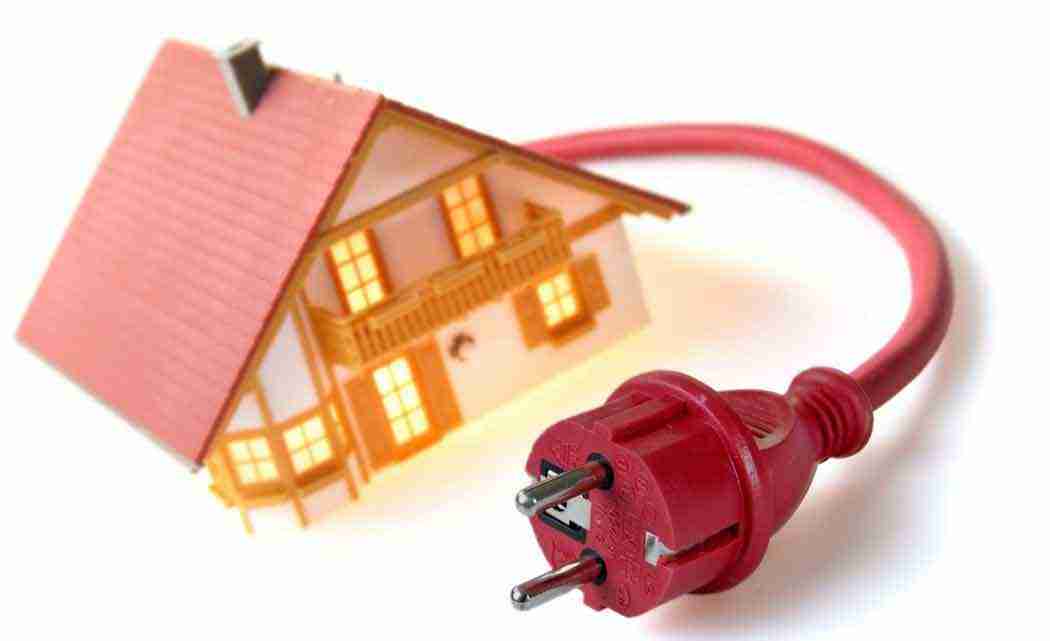 By Joe Gibbons
By Joe Gibbons
For those Floridians who struggle to pay their electric bill every month, the state has a few limited programs to help you out.
The Low Income Home Energy Assistance Program (LIHEAP) is one of the most important efforts to address these needs. LIHEAP, a federal program administered by the states, provides much-needed funding for those who can barely afford to keep the lights on.
Florida’s LIHEAP program provides grants to local governments and non-profit agencies, which then work with low-income Florida households to figure out solutions that work best for them. These programs usually offer three categories of assistance: home energy assistance, crisis assistance and weather-related assistance.
To qualify for these programs, household income cannot exceed 150 percent of the national poverty level. The majority fall well below this cap. Preference is given to the elderly (those over 60), those with disabilities, families with children under 12 and households with a high energy burden. In 2014, according to the Campaign for Home Energy Assistance, FL LIHEAP provided 74,903 households with heating assistance and 52,000 households with cooling assistance.
There are a number of other initiatives that are designed to help residents weatherize their homes and cut their monthly utility bills. Some of these programs provide energy efficiency tips and are offered by your local utilities.
Besides your local energy companies, there are federal and state programs to help improve energy efficiency in low-income communities. Among the most popular and effective are those that help residents to weatherize their homes. Weatherization addresses anything in your home – drafty windows, cracks in the siding – that might be adding to your energy use.
The Weatherization Assistance Program (WAP) distributes funds based on the size of the state’s low-income population, and climate and the energy expenditures of low-income households. The U.S. Department of Housing and Urban Development (HUD) also helps to pay for assisted housing subsidizing utility costs for residents in public housing, and creating more energy efficient subsidized housing for low-income families.
The U.S. Department of Health and Human Services provides block grant funds to Florida and other states to assist in helping low-income families pay their utility costs. These funds also provide emergency energy assistance.
Although only one out of five LIHEAP-eligible households actually receive energy assistance, and the Weatherization Assistance Program and HUD are far below the levels needed to provide for all of those who are in need, these programs do offer some relief. Energy efficiency and weatherization are relatively low-cost means of reducing daily energy use and monthly utility bills.
Please visit www.energyequityalliance.org and sign the petition to encourage your Congressional leaders to increase funding for LIHEAP, in order to ensure that low-income families are provided with the assistance they need.
You may also visit http://www.benefits.gov/benefits/benefit-details/1553, or the LIHEAP website at http://www.acf.hhs.gov/programs/ocs/programs/liheap to find out more about these and other programs.
Joe Gibbons is a former member of the Florida House and now serves as Chairman of the Energy Equity Alliance. Jg92348@gmail.com



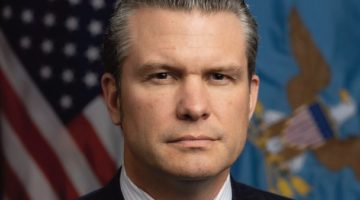

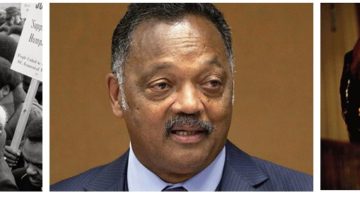



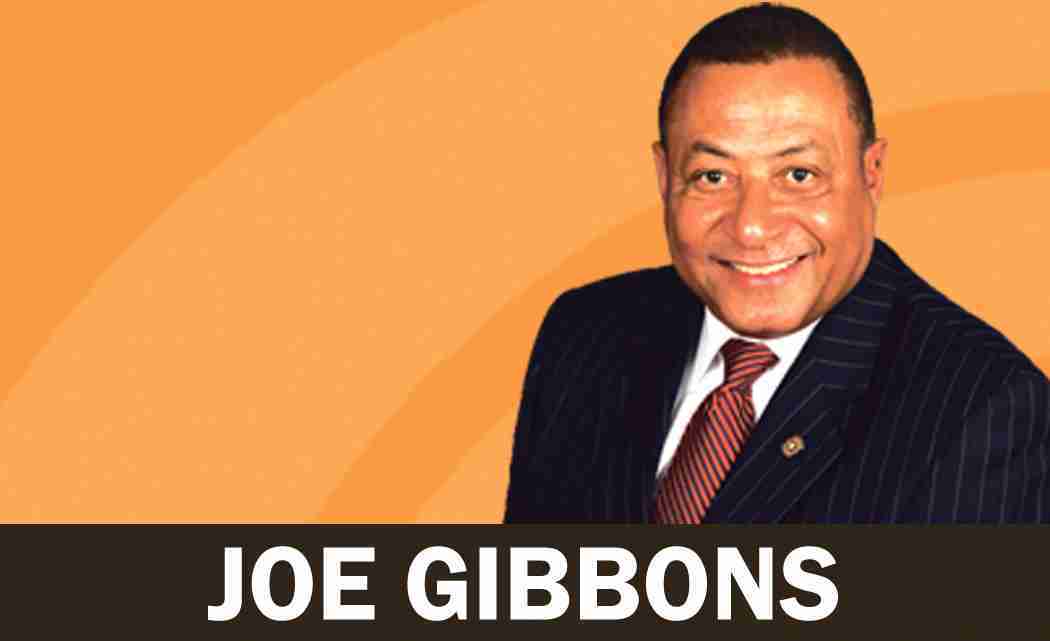
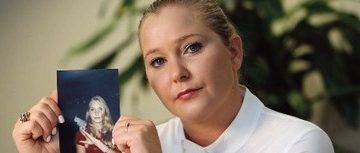


No Comment